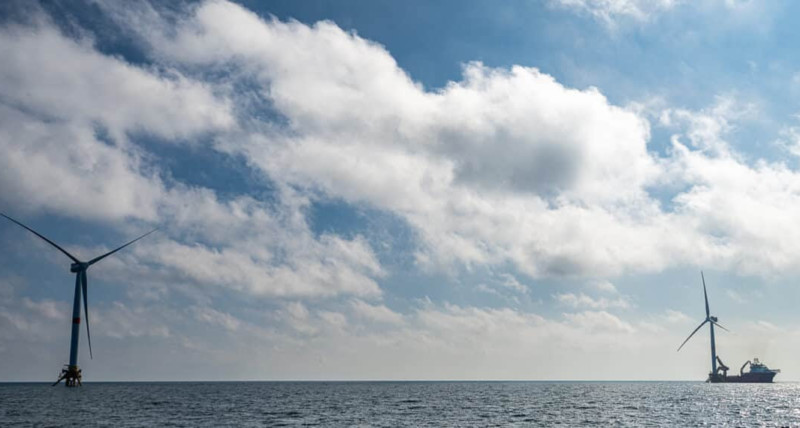All eyes are on Belém, Brazil, where the international COP30 climate change conference is currently taking place, having opened last Monday. This major annual gathering of global significance includes Tunisia, represented by an official delegation and numerous influential civil society actors on the national stage. At the local level, how are we responding to these climate hazards, and how can we adapt to this global phenomenon?
The Climate Challenge
The climate challenge must align with the goals of the 2015 Paris Agreement, which aims to limit global warming to 1.5°C by the end of the century. Achieving this target requires an urgent reduction in greenhouse gas emissions. In Tunisia, the energy transition is seen as the ideal path to meet this strategic goal.
On the Path to an Energy Transition
Recently, the Association for Local Democracy (ADL Kairouan-Tunisia), together with partners such as Raed, Apnek, Pacja, MIO/Ecsde, and the Bicade Laboratory of the University of La Manouba in Tunis, organized a national conference on “Energy Transition in a Climate Change Context: A Path Toward Sustainable Climate Equity.”
This initiative reflects the interactive relationship between energy and climate, highlighting a reciprocal causality: we must rethink our production and consumption patterns and, consequently, shift our behaviors and vision of sustainable development.
As Youssef Nouri, geographer, researcher, and President of ADL Kairouan, reminds us: “Climate change is the major challenge for the international community, which, since the 1992 Rio Earth Summit, has committed to counter its negative effects through resilient local development that leaves no one behind.”
He emphasized two key concepts: Mitigation and Adaptation, the dual pillars of combating climate hazards. Moving toward a greener future requires strategic tools. Mohamed Zmerli, UN expert in Tunisia, focused on the role of energy transition in national climate policy.
“It is time to catch up on renewable energies, especially since our country has vast untapped energy potential that encourages private investment, reduces dependence on fossil fuels, and mitigates their financial impact on the state budget,” he said, highlighting the importance of energy transition for fulfilling Tunisia’s local climate commitments.
Tunisia has finalized its third version of the Nationally Determined Contribution (NDC 3.0) under the UN Climate Convention, extending beyond 2035. This updated NDC sets ambitious goals: reduce carbon intensity by 62%, with the energy sector alone contributing an 82% reduction through the 2035 Energy Transition Strategy. The plan relies on three main pillars: improving energy efficiency by optimizing fossil fuel use, massively expanding renewable energy with 8,500 MW of projects to achieve 50% of the electricity mix from renewables, and electrifying key sectors, including transportation (hybrid and electric vehicles), green buildings (photovoltaic incentives), and industry (cement factories).
Forecasting to Prevent
Where does Tunisia currently stand in this energy transition? “At its core, this is a major environmental challenge aimed at reducing fossil fuel demand, a sector responsible for 60% of greenhouse gas emissions. The goal of NDC 3.0 is to cut energy sector emissions by 46%,” Zmerli explained, focusing on three key renewable energy sources: solar photovoltaic, wind, and hydroelectric power. He emphasized that Tunisia’s main potential lies in solar energy, which is increasingly on the rise.
Adapting to climate change also requires precise forecasting tools and a clear vision to manage resulting risks. Reliable, timely weather information plays a crucial role in prevention, serving as a mechanism for resilience.
Abderrazak Rahal, General Engineer at the Directorate of Meteorological Forecasts and Services at the National Meteorological Institute (INM), presented Tunisia’s Early Warning System. He highlighted the vital role of weather forecasts in everyday life and economic activities: “Meteorology is a transversal field that observes, diagnoses, and anticipates, helping manage potential risks.”
There is a close correlation between weather, climate, and sustainable development: scientific anticipation enables immediate action. “We are improving forecasts to make them more precise and scientific, updating our national network of weather stations across almost all governorates, some equipped with multiple stations (Kairouan, Nabeul, Kelibia, Kasserine, Thala, Sfax, Médenine, Djerba…),” Rahal added. Human expertise remains essential for interpreting forecasts.
Accurate meteorological information, disseminated to relevant services (civil protection, agriculture, health), allows risks to be minimized. “We cannot stop floods in Nabeul or divert a sandstorm in southern Tunisia, but we can reduce their impact and protect people,” he noted. This exemplifies how mitigation and adaptation principles take real value: adaptation and effective communication are critical. Tunisia’s Vigilance Map supports early warnings and rapid response.
Integrated Early Warning and Rapid Action
The integrated approach of Early Warning and Rapid Action (EWRA) aims to prevent or mitigate disaster impacts by leveraging the time between a reliable forecast and the crisis. This saves lives and reduces material and economic losses. As UN Secretary-General António Guterres commented: “Nothing undermines sustainable development more than disasters. They can destroy decades of progress in an instant.”
Source: La presse




